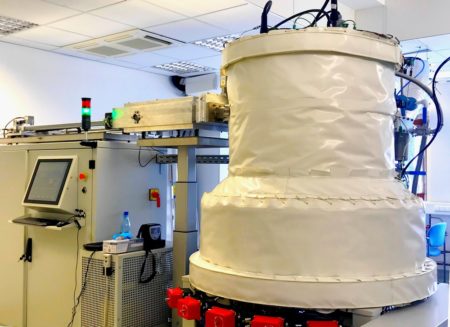 Leading Luxembourg research institute LIST and the French company 3D-Oxides, specialised in the development of new materials and new structuring concepts, signed a partnership agreement on Wednesday 16 September, to develop new hydrogen production techniques.
Leading Luxembourg research institute LIST and the French company 3D-Oxides, specialised in the development of new materials and new structuring concepts, signed a partnership agreement on Wednesday 16 September, to develop new hydrogen production techniques.
With the creation of a joint laboratory at LIST’s premises in the south of Luxembourg, the objective is to develop innovative techniques for the fractionation of water molecules – composed of oxygen and hydrogen – in order to recover the hydrogen component directly, without the need for costly and energy-intensive catalysis processes.
To achieve this, the two partners are working on the development of special materials capable of capturing the solar energy needed to implement the fractionation of water molecules by a photo-electrochemical reaction. “The efficiency of current hydrogen production processes is in the order of 20-25%. We hope to achieve higher yields with this technology,” explained Damien Lenoble, director of the Materials Research and Technology Department at LIST.
Horizon 2030
The research work will be based on “Sybilla 450”, a revolutionary equipment provided by 3D-Oxides and on which the LIST teams will work. This machine, unique in the world because of its size (3D-Oxide also works with a smaller model), allows the processing of several dozen materials at the same time, which results in substantial savings in time and money. LIST engineers will bring their expertise in the synthesis of functional materials in thin films, in the characterisation of these materials and in the prototyping of functional devices.
The partnership between LIST and 3D-Oxides starts on a four-year basis, but can be extended beyond that. The objective is to transfer this emerging technology to an industrial scale by 2030.


